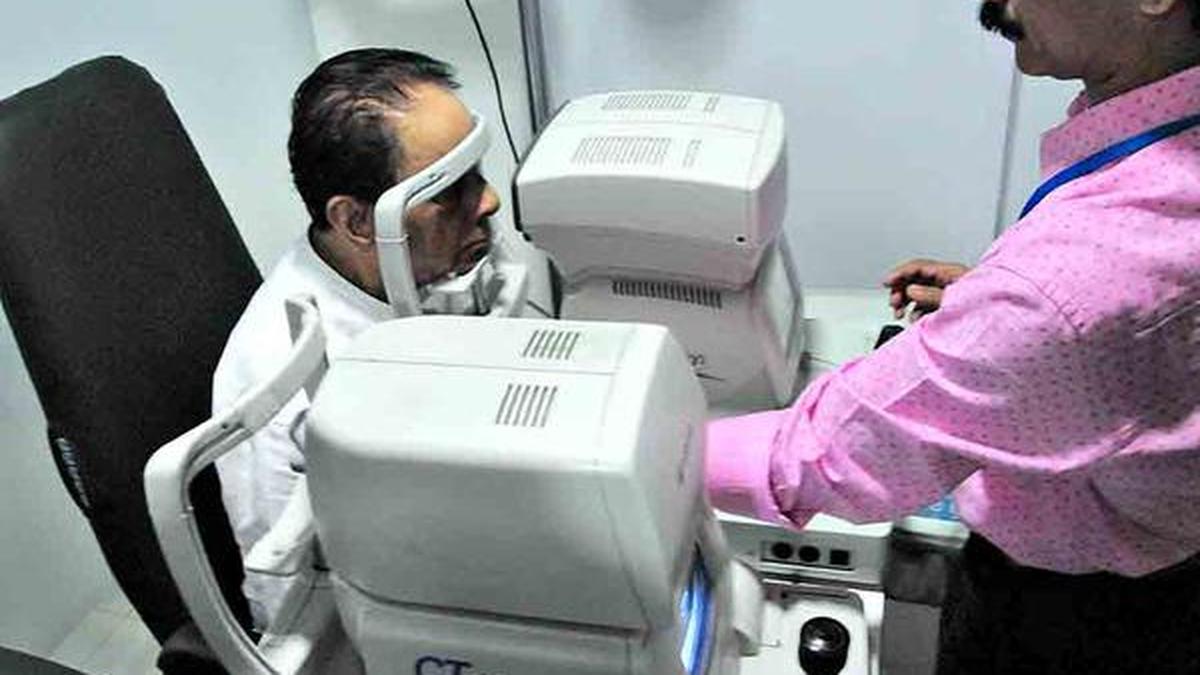Now Reading: Study: Insurance Improves Cataract Surgery Outcomes for India’s Elderly
-
01
Study: Insurance Improves Cataract Surgery Outcomes for India’s Elderly
Study: Insurance Improves Cataract Surgery Outcomes for India’s Elderly

Quick Summary
- Study Focus: Researchers at L.V. Prasad Eye Institute examined elderly Indian patients’ use of insurance for sight-saving cataract surgery, analyzing data from 38,387 operations across Andhra Pradesh, Karnataka, Odisha, and Telangana between 2011 and 2022.
- Insurance Usage: Only 16% of senior citizens used insurance; uptake declined significantly with age (17.5% usage in ages 70-74 vs. under 10% after age 85). Public schemes remained stagnant at around 3-4%.
- Impact of Ayushman Bharat: Insurance coverage for cataract surgery increased to 20.6% post-2018 due to government programs like Ayushman Bharat compared to just 10.7% before.
- Socioeconomic Gaps: Men secured insurance at a higher rate (19%) than women (12%). Urban residents were better insured compared to rural counterparts; uptake rose with socioeconomic class.
- Delays & Outcomes:
– Uninsured patients had surgeries within six days of advice versus longer waits for insured individuals due to paperwork delays-11 days for private plans and median 18 days for government schemes.
– patients with any kind of insurance were found to be more likely (38%) to achieve “good” uncorrected vision after surgery.
Indian Opinion Analysis
The study underscores the dual challenge India faces regarding healthcare access for its aging population-financial insecurity and delayed surgeries despite high availability of services like cataract procedures. While initiatives such as Ayushman Bharat boosted overall coverage as its implementation in 2018, disparities persist both regionally and demographically; rural elders and women remain disproportionately uninsured.
the correlation between insurance coverage and better post-surgery outcomes suggests that expanding health policies tailored specifically toward vulnerable groups could improve vision recovery rates while alleviating economic burdens on the elderly. Delays linked with administrative obstacles from public schemes signal areas where efficiency must be enhanced without undermining accessibility.
Broadly speaking, these findings serve as a call-to-action for strengthening national frameworks that address inequities in healthcare delivery-not just highlighting discrepancies but also pointing towards actionable strategies that could enhance outreach among seniors most affected by treatment barriers rooted in socioeconomic divides.
























